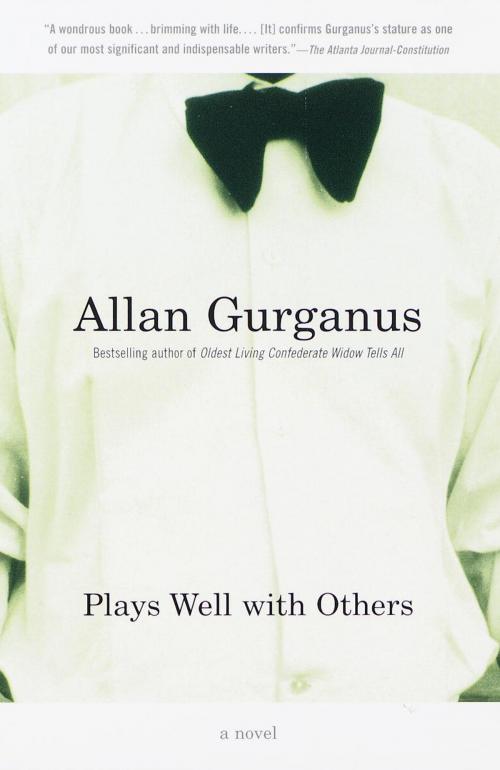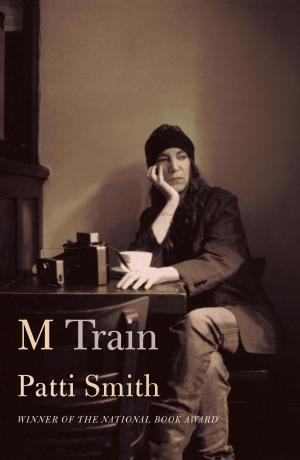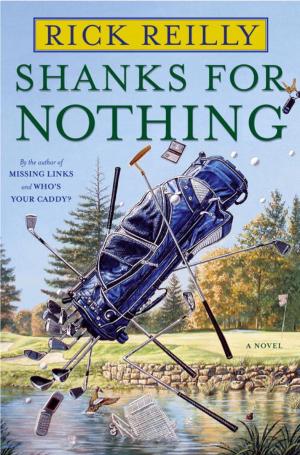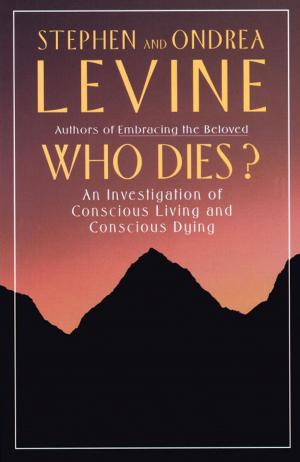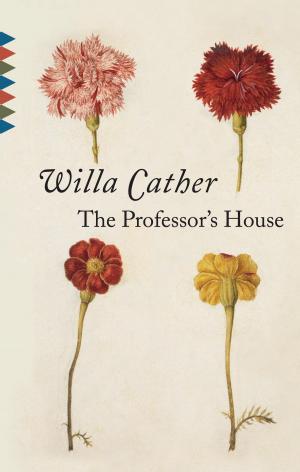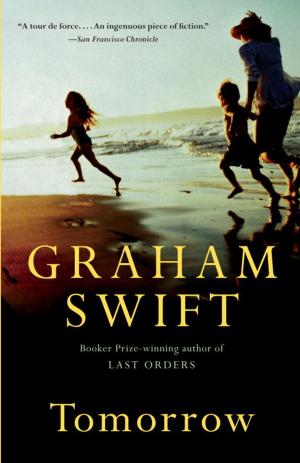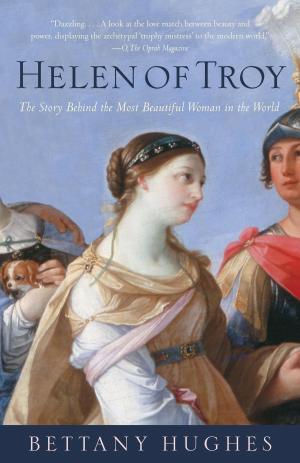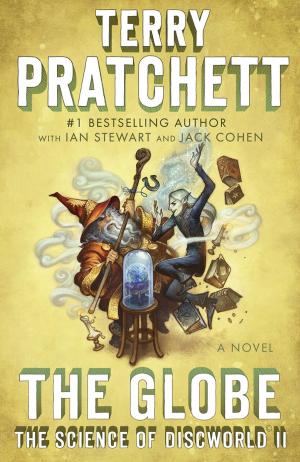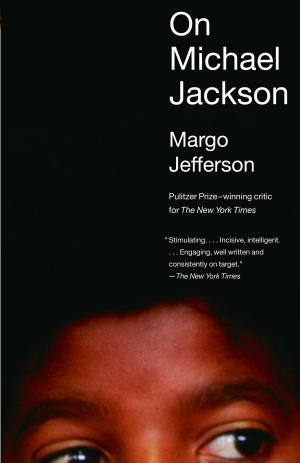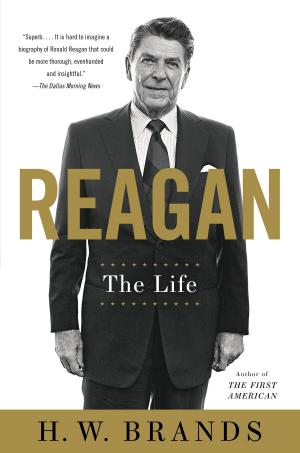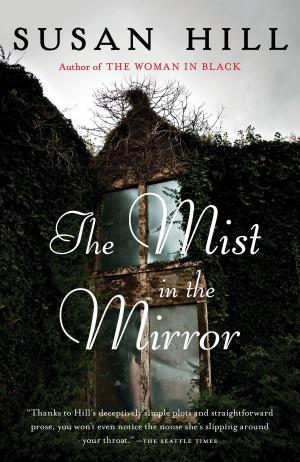| Author: | Allan Gurganus | ISBN: | 9780307764133 |
| Publisher: | Knopf Doubleday Publishing Group | Publication: | September 22, 2010 |
| Imprint: | Vintage | Language: | English |
| Author: | Allan Gurganus |
| ISBN: | 9780307764133 |
| Publisher: | Knopf Doubleday Publishing Group |
| Publication: | September 22, 2010 |
| Imprint: | Vintage |
| Language: | English |
In his widely read, prizewinning Oldest Living Confederate Widow Tells All, Allan Gurganus gave fresh meaning to an overexplored American moment: 1860-65. He now turns that comic intensity and historical vision to another war zone: entry-level artistic Manhattan 1980-95. In his first novel since Widow, Gurganus offers us an indelible, addictive praise-song to New York's wild recent days, their invigorating peaks and lethal crashes.
It's 1980, and Hartley Mims jr., a somewhat overbred Southerner, arrives in town to found his artistic career and find a Circle of brilliant friends. He soon discovers both Robert Christian Gustafson, archangelic boy composer of Symphony no. 1: The Titanic, and Alabama Byrnes, a failed Savannah debutante whose gigantic paintings reveal an outsized talent that she, five feet tall, can't always live up to.
This circle--sexually venturesome, frequently hungry, hooked on courage, caffeine, and the promise of immortality--makes history and most everybody else. Their dramatic moment in New York history might've been a collaboration begun, as a toast, by Cole Porter and finished, as pure elegy, by Poe himself. Plays Well with Others is a fairy tale. It has a Legend's indoctrinating charm and hidden terrors. It chronicles a ragtag group of gifted kids who come to seek their fortunes; they find the low-paying joys of making art and the heady education only multiple erotic partners can provide. Having mythologized each other through the boom years, having commenced becoming "names," they suddenly encounter a brand-new disease like something out of fifth-rate sci-fi. Friends are soon questioning how much they really owe each other; they're left with the ancient consolation of one another's company and help. We watch this egotistic circle forge its single greatest masterwork: a healthy community.
The novel, a sort of disco requiem-mass, divides itself into three symphonic movements: "Before," "After," and "After After." The work concludes in a homemade paradise that resembles Hartley Mims's own starter vision of all that seemed waiting--latent and convivial--in New York itself.
This is a work that could've only been written now, in our age of medical advances, written about these unsuspecting unsung heroes of a medieval scourge's first endgame moves among us. Plays Well with Others becomes a hymn to the joys and woes of caretaking (for waning parents and young friends). Allan Gurganus has created a deeply engaging narrative about flawed, well-meaning people who seem lifted from our own address books. His book offers an obsessive love story, a complex vision of our recent past, and an emotional firestorm--a pandemic's long-awaited great novel.
In his widely read, prizewinning Oldest Living Confederate Widow Tells All, Allan Gurganus gave fresh meaning to an overexplored American moment: 1860-65. He now turns that comic intensity and historical vision to another war zone: entry-level artistic Manhattan 1980-95. In his first novel since Widow, Gurganus offers us an indelible, addictive praise-song to New York's wild recent days, their invigorating peaks and lethal crashes.
It's 1980, and Hartley Mims jr., a somewhat overbred Southerner, arrives in town to found his artistic career and find a Circle of brilliant friends. He soon discovers both Robert Christian Gustafson, archangelic boy composer of Symphony no. 1: The Titanic, and Alabama Byrnes, a failed Savannah debutante whose gigantic paintings reveal an outsized talent that she, five feet tall, can't always live up to.
This circle--sexually venturesome, frequently hungry, hooked on courage, caffeine, and the promise of immortality--makes history and most everybody else. Their dramatic moment in New York history might've been a collaboration begun, as a toast, by Cole Porter and finished, as pure elegy, by Poe himself. Plays Well with Others is a fairy tale. It has a Legend's indoctrinating charm and hidden terrors. It chronicles a ragtag group of gifted kids who come to seek their fortunes; they find the low-paying joys of making art and the heady education only multiple erotic partners can provide. Having mythologized each other through the boom years, having commenced becoming "names," they suddenly encounter a brand-new disease like something out of fifth-rate sci-fi. Friends are soon questioning how much they really owe each other; they're left with the ancient consolation of one another's company and help. We watch this egotistic circle forge its single greatest masterwork: a healthy community.
The novel, a sort of disco requiem-mass, divides itself into three symphonic movements: "Before," "After," and "After After." The work concludes in a homemade paradise that resembles Hartley Mims's own starter vision of all that seemed waiting--latent and convivial--in New York itself.
This is a work that could've only been written now, in our age of medical advances, written about these unsuspecting unsung heroes of a medieval scourge's first endgame moves among us. Plays Well with Others becomes a hymn to the joys and woes of caretaking (for waning parents and young friends). Allan Gurganus has created a deeply engaging narrative about flawed, well-meaning people who seem lifted from our own address books. His book offers an obsessive love story, a complex vision of our recent past, and an emotional firestorm--a pandemic's long-awaited great novel.
